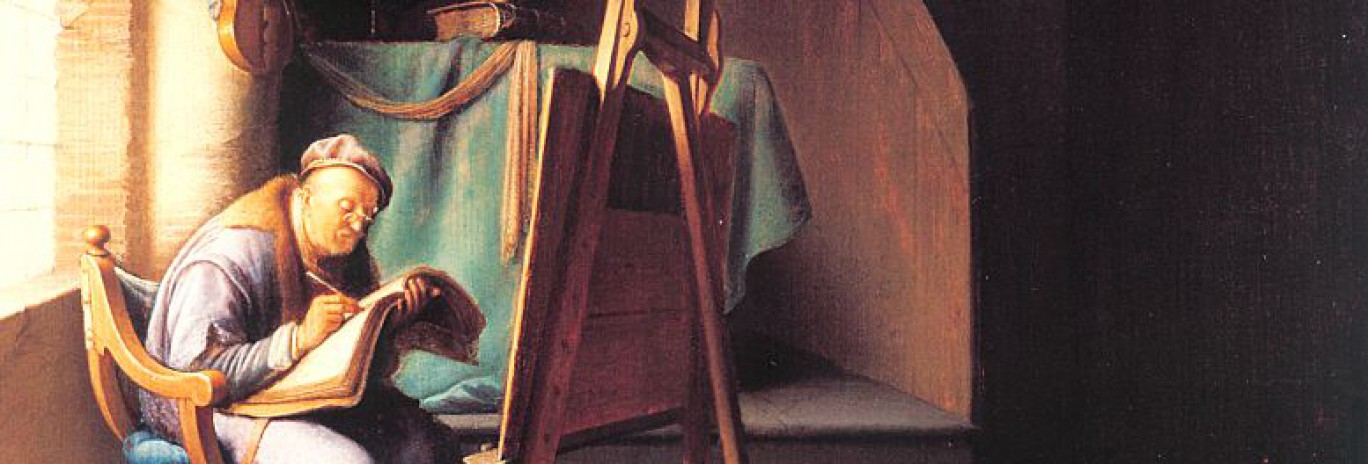News
Call for Papers: “Virtuosity. Ethics and Aesthetics of the Technical Gesture” – International Conference, 14-16 Jan 2021
Virtuosity. Ethics and Aesthetics of the Technical Gesture from the Middle Ages to the 19th Century
International conference: 14, 15, 16 January 2021 @ the Institut national d’histoire de l’art.
Deadline to submit: May 30, 2020
The ambition of this conference is to provoke the meeting and dialogue of different approaches to the technical gesture, departing from a category of gestures that one can call virtuoso. This refers to the attitude of discreetly drawing the attention to the act itself of the production; virtuosity being considered as the primacy given to a metatechnique («the technique of producing forms that produce effects») [Klein 1970, 393, note 1 et Klein 1960-62, 152, 154 et 215, chapitre «La Maraviglia»]. The phenomenon will be examined in the field of the construction studies, but also in all the arts and crafts of pre-industrial times (from painting to music and dance, through the art of gardens, cabinet work, goldsmith or textile). One hope to see whether, for example, the remarks and observations gathered on this phenomenon by cognitive or anthropological sciences can be historicized in order to shed light on our knowledge of the virtuoso technical gesture, its status and its social or cultural value and, thus, in order to nurture the historian’s reflection.
Different converging themes could be used to develop an exchange on these issues:
- Discourses and rhetoric on technical virtuosity and virtuoso craftsmanship practices [Suthor 2010, Negre 2019a]. What do theorists, critics and the public in general think about the demonstrations of skill and the resulting artefacts? How do practitioners talk about it themselves?
- The definitions and the different aspects of these preindustrial virtuoso practices (creation, restoration); the types of virtuosities (perfection of execution, search for complexity, search for variety, mastery of extreme scales, speed of execution, etc.) [Kris, Kurz 2010, 95-101. Negre 2019b. Guillouët 2019] ; the characteristics of the objects.
- The cultural and social consequences as well as the effect of «address» of the virtuoso technical gesture, for «internal» or «external» use [De Beaune 2013a].
- The transmission of «incorporated» know-hows [as defined by Barel 1977] or formalized through drawings and models. What role does the technical challenge play in the training curriculum of the craftsmen (through provocations, competitions, masterpieces, etc.)? And in innovation? How studio/workshop secrets and formalized know-how interact or clash (or not)?
- The practical conditions for the dissemination of these skills as well as the cultural constraints of their transmission (normalization of the gesture, mediation through processes…) and the criteria for virtuoso distinction; the representations of virtuosity in manuals, collections and prints. These last questions raise the role of technical perfection in aesthetic delight [Gell 1992] like did André Leroi-Gourhan’s idea of a «functional aesthetics» [Gell 1992. De Beaune 2013a] et celle de l’«esthétique fonctionnelle» d’André Leroi-Gourhan [Leroi-Gourhan 2009. Duci 2012].
- Case studies: some papers could also focus on the analysis of technical gestures through specific objects and their material and archival study (for instance in the case of some conservation – restoration case studies).
Click here to download more information about the conference and adjoining call for papers.
Proposals for papers should be sent by May 30th to Jean-Marie Guillouët (jmguillouet@gmail.com) and Valérie Nègre (valerie-negre@wanadoo.fr) in the form of a summary of a maximum of 2,000 characters. They must be accompanied by a short one-page CV.
The conference will be held at the Institut national d’histoire de l’art with the support of the INHA, the Institut d’histoire moderne et contemporaine (Paris) and the Centre François Viete (Nantes).


